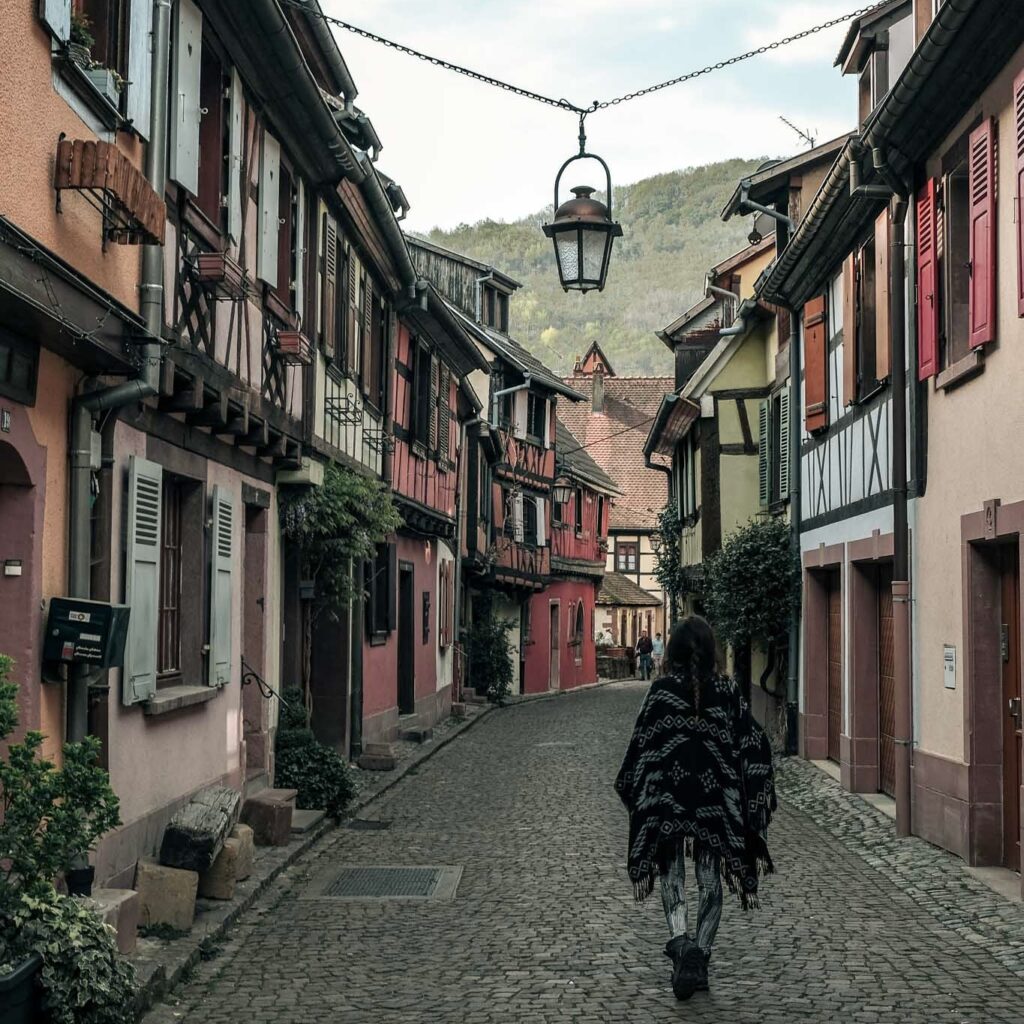
7 Best Things To Do in Kaysersberg, Alsace
Kaysersberg is an instant heart-stealer, there is no doubt about that. But before hearing your first ‘Bonjour’, you may well wonder if you are on
This country needs no introduction. It’s a place where the sweet scent of lavender in the air and the taste of croissants fresh from the oven transport you to a world of sheer indulgence. It’s where half-timbered houses along the winding Alsace Wine Route offer stunning views of rolling hills and vineyards, and where the dazzling French Riviera sparkles with glamour and glitz.
France is a place of contradictions, where centuries-old traditions blend seamlessly with contemporary style, creating an irresistible blend of old-world charm and modern chic. And at the heart of it all is Paris, a city that never fails to inspire, delight, and enchant visitors with its romantic boulevards, world-class museums, and the magic of the Eiffel Tower.
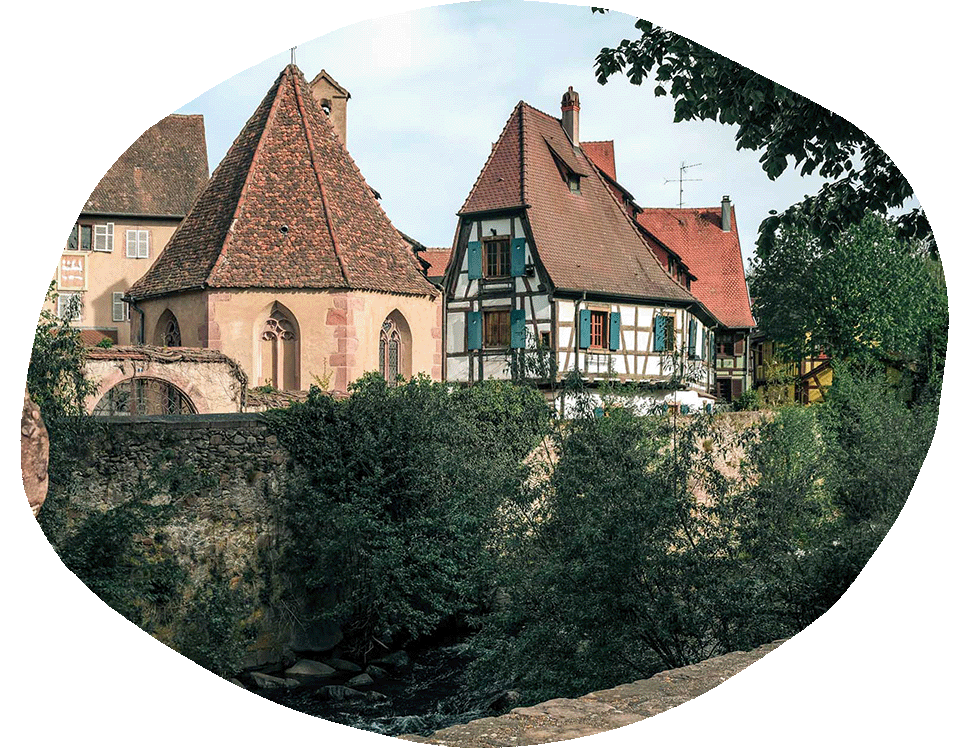








Lavender fields as far as the eye can see, quaint medieval villages, and a distinct, charming atmosphere - this is what you can expect if you visit the lavender villages of Provence from mid-June to early August.
Walk among lavender fields and witness the local harvest in the hilltop town of Gordes and the captivating villages of Roussillon, Valensole, and Cotignac. Then visit the lavender distilleries of Sault, and paddle your way around the imposing Verdon Gorge.

Producing some of the finest white wines in France, and featuring hearty dishes, such as tarte flambée and baeckeoffe, Alsace is a paradise for wine lovers and foodies alike.
Rent a car or even a bike and follow the Route des Vins d'Alsace, a scenic road that winds through picturesque vineyards and quaint villages like Kaysersberg, Ribeauville, and Riquewihr. Don't miss the charming towns of Colmar and Strasbourg, both well worth a visit.

Discover the glamorous French Riviera on a road trip filled with stunning beaches and charming towns. Soak up the sun in St-Tropez, visit the famous film festival city of Cannes, and stroll the sweeping promenade of Nice and the little harbor Villefranche-sur-Mer.
Enjoy a fragrant tour of Grasse, the world's perfume capital, and don't miss the chance to visit the iconic Monte Carlo casino in Monaco and the colorful Menton.

Experience the magic of Paris as you stroll along the banks of the Seine or sip a café au lait at a quintessential Parisian café in the charming neighborhoods of Montmartre and Le Marais. Admire iconic landmarks such as the Eiffel Tower, Notre Dame Cathedral, and Arc de Triomphe, and get lost in the Louvre and the Musée d’Orsay.
In the surrounding region, the spectacular Palace of Versailles and Disneyland Paris, are an easy day trip away.

The southwest of France perfectly blends culture, history, and natural beauty. Immerse yourself in the wine culture of Bordeaux and Saint-Émilion, take a step back in time with a stroll through the medieval streets of Sarlat-la-Canéda, and explore the picturesque village of Aubeterre-sur-Dronne.
From the historic port of La Rochelle, don't miss the chance to take a day trip to the sunny islands of Île de Ré and Ile d'Aix.

Rugged and mountainous, this Mediterranean island is a paradise for outdoor enthusiasts with epic hiking trails, including the challenging 200km GR20 trail.
Corsica's coastline is also adorned with striking views that stretch from the winding roads of the Cap Corse peninsula to the fiery red rock formations of Les Calanques de Piana, the sophisticated birthplace of Napoléon in Ajaccio, and to the stunning white limestone cliffs of fortified Bonifacio.

With attractions such as the Bayeux Tapestry, the fortified island abbey of Mont St-Michel, and Monet's former home and flower-filled gardens in Giverny, Normandy is a treasure trove of culture and heritage.
Make sure to indulge in a feast of fresh oysters and lobster in the charming boat-filled town of Honfleur and visit the village of Camembert, home to the famous cheese that bears its name.


By Bus: France boasts an extensive bus network that links cities and towns across the country. OUIBUS, Flixbus, and Eurolines are the major bus operators, and you can book tickets online or at bus stations. While buses may take longer and offer less comfort compared to trains, they are generally cheaper. Nonetheless, they can serve as a convenient mode of transportation if you’re looking to visit smaller towns that may not have train access.
By Train: With high-speed trains (TGV) connecting major cities and regional trains (TER) linking smaller towns and villages, France boasts one of the best railway networks in Europe. SNCF serves as the primary train company, with online and in-person ticket purchasing options available. Train tickets can be quite pricey, especially when booked at the last minute.
By Car: To rent a car, you need to be at least 21 years old, have a credit card in your name, and present a valid driver’s license, while an International Driver’s Permit isn’t required for non-EU citizens. The speed limit in towns is 50 km/h, and there are many toll booths on major roads and highways, so it’s essential to familiarize yourself with local traffic rules and road types before hitting the road.
By Bike: Exploring Paris by bike with bike-sharing programs like Vélib is a popular and eco-friendly way, while countryside regions such as the Loire Valley, Provence, and Alsace also offer stunning bike routes.
France has international airports in Paris (CDG, ORY), Nice (NCE), Lyon (LYS), Marseille (MRS), and other major cities. It is also well-connected to other European countries by high-speed trains (TGV) and buses, while from the UK or Ireland, you can travel by ferry as well.

As temperatures start to warm up from April onwards, France’s rural regions go out of hibernation mode and that’s the time for a more leisurely exploration. May is also the month of the Nuits des Musées when hundreds of museums around the country open their doors for free from dusk till 1 am.
Summer season can be hectic, but it’s also the best time to hit the beaches of Normandy and the French Riviera as well as explore the rugged coastline of Brittany. July, in particular, is also the best time to visit the lavender fields in Provence, which are in bloom for a very short time window, and take part in major events such as Bastille Day.
If you are a wine buff, late September to early November is an excellent time to go wine tasting in Bordeaux and Alsace, catch a wine festival or even join the grape harvest. Meanwhile, the French Alps are ideal for winter exploration, with December also offering the opportunity to attend France’s iconic Christmas Markets.
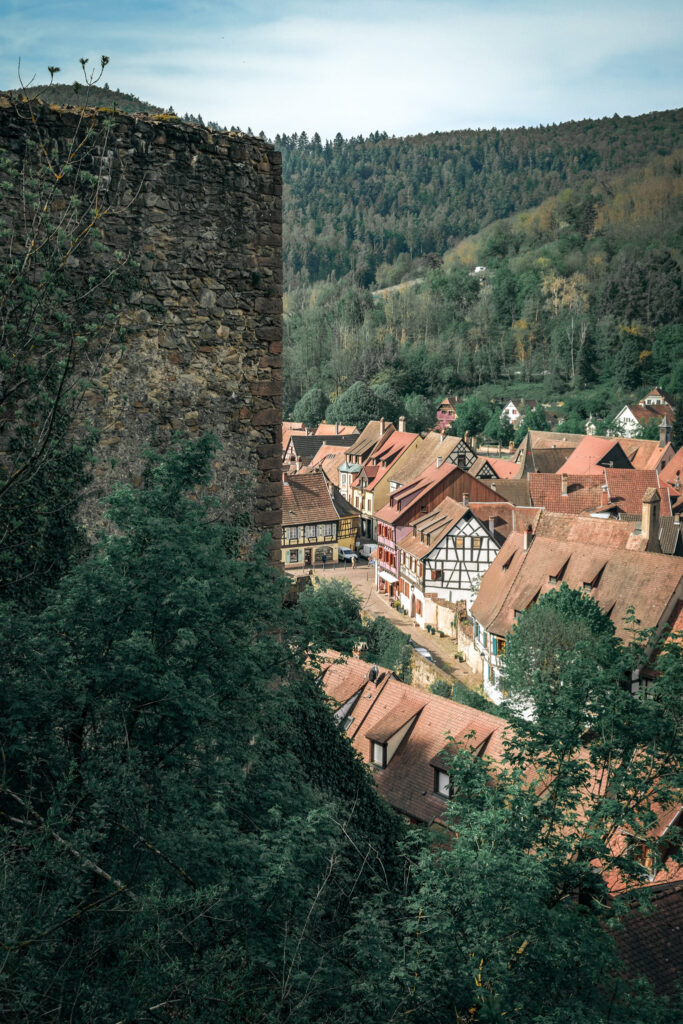
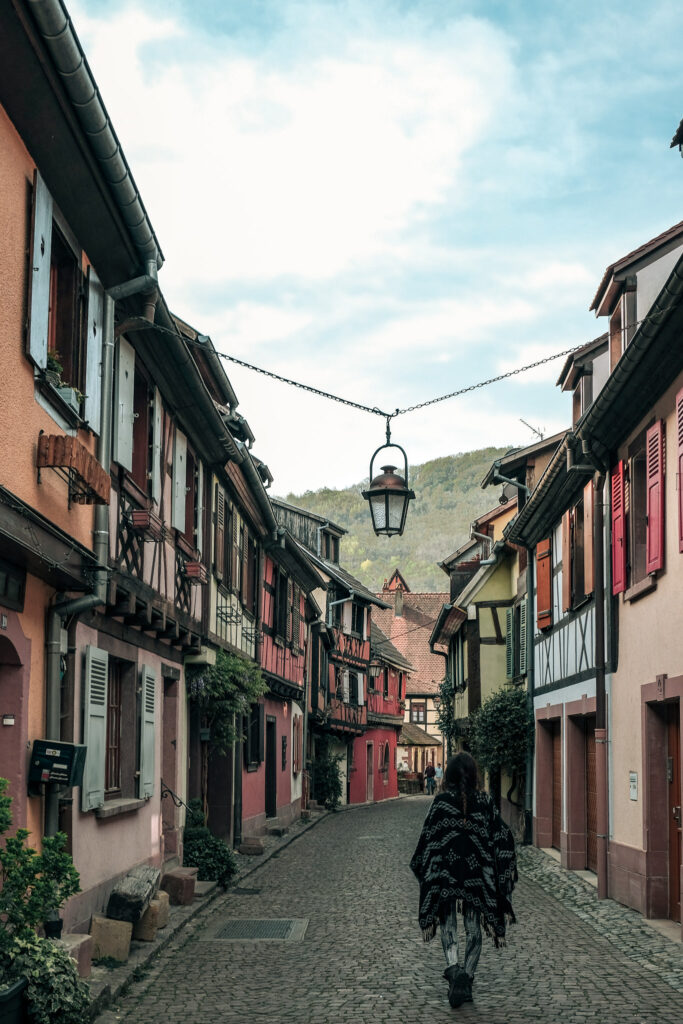

~ Language: The official language of France is French, while many locals do speak English as well.
~ Currency & ATMs: France’s official currency is the Euro (€), which is currently valued at approximately 1.10 USD for every €1. While credit cards are commonly accepted, it’s still recommended to carry some cash as well. International bank cards like Visa, Mastercard, and American Express are generally accepted at most ATMs across the country.
~ Tap Water: Tap water in France is perfectly safe to drink as it is regularly tested and monitored due to strict regulations in place.
~ Tipping: In France, leaving a small tip, or “un pourboire,” is optional as a service fee is already included in the price of items at cafes, restaurants, and bars. This fee is indicated on the menu or bill with the phrase “service compris.”
~ Safety: France is generally considered a safe destination, even for those traveling alone, and many areas of the country have a noticeable police presence.
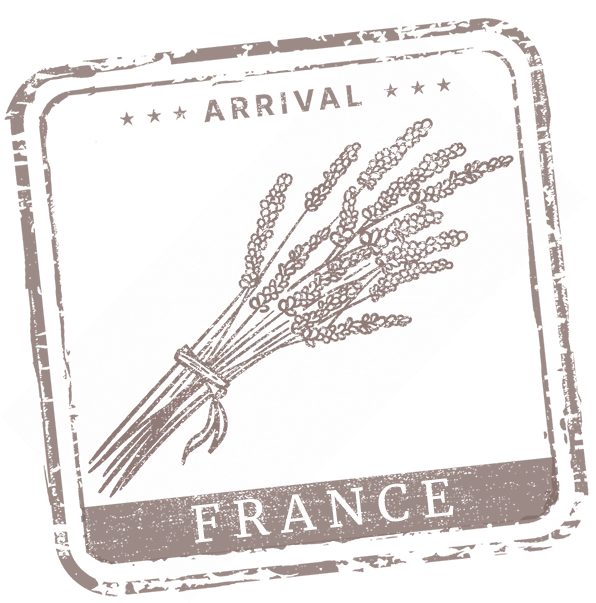
Looking to indulge in some classic French cuisine? Start with hearty dishes like coq au vin and boeuf bourguignon, consisting of succulent chicken and beef, respectively, simmered with red wine, bacon, and onions. Ratatouille is ideal for vegetarians, while seafood lovers should try bouillabaisse, a soup made with different types of fish and seafood. And the more adventurous foodies should not miss out on escargots, typically cooked in garlic butter and served with crusty bread.
For a savory snack, you can’t go wrong with a crispy baguette or a quiche Lorraine – a delicious tart filled with eggs, cream, and bacon. Meanwhile, those with a sweet tooth can choose from a buttery croissant, flaky pain au chocolat, tasty crêpe, or bite-sized, colorful macarons.
Of course, who could forget the world-famous French cheese varieties such as Brie, Camembert, Roquefort, and Comté?
And there is no better way to complement them than with legendary French wines. From the bold and full-bodied Bordeaux to the elegant and complex Burgundy, and the refreshing and crisp whites from Alsace, French wine regions produce some of the most sought-after wines globally.
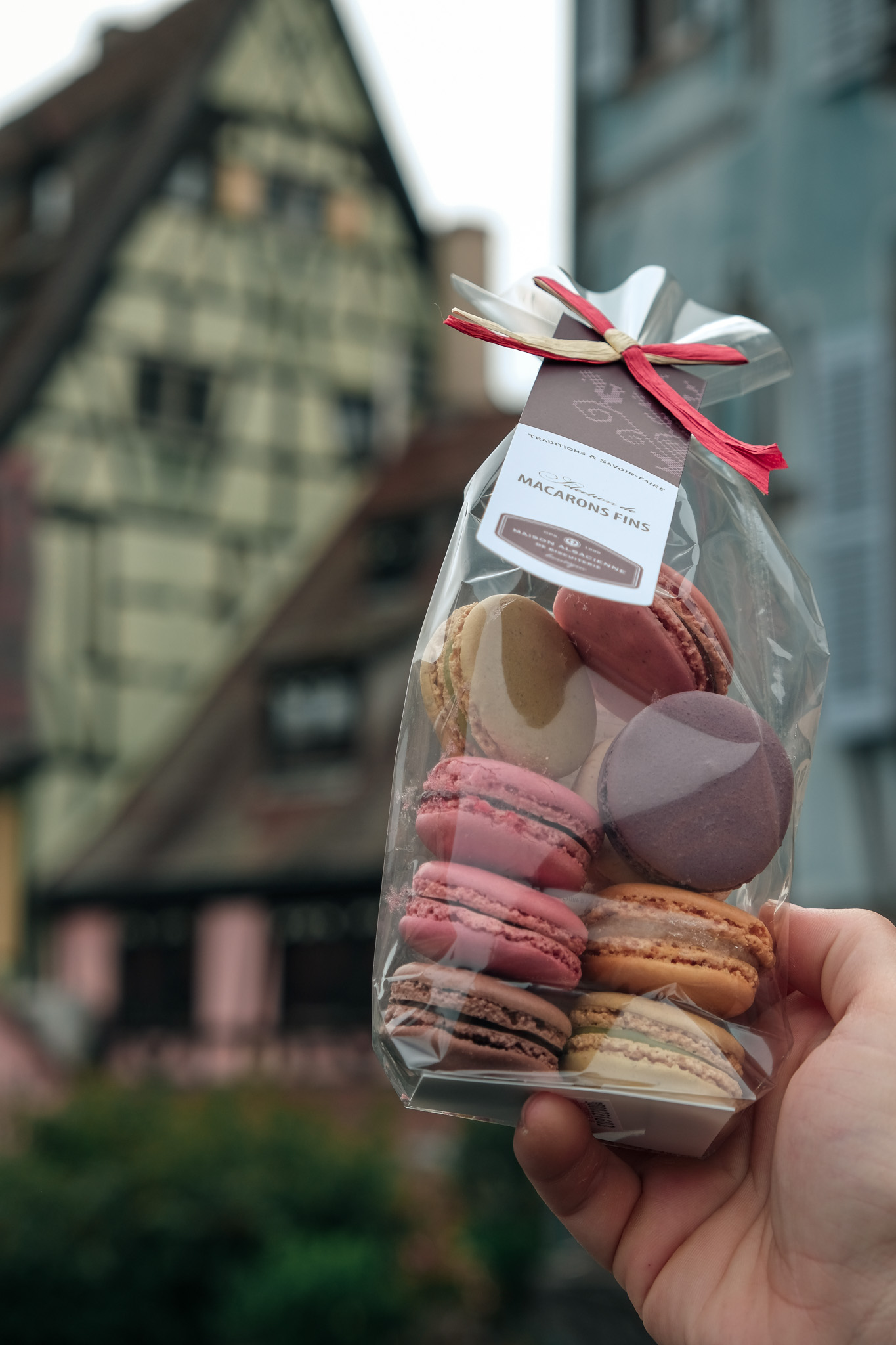

Unless you plan your visit off-season, travel to lesser-visited towns, and book your accommodation well in advance, a trip to France can cost you an arm and a leg. Paris, in particular, is much more expensive than other parts of France.
Your biggest expanse will probably be accommodation, while activities such as food tours, wine tastings, and sightseeing can also add up quickly. However, thanks to the lovely boulangeries, street vendors, and brasseries you can always indulge in croissants, baguettes, quiches, and other affordable snacks.
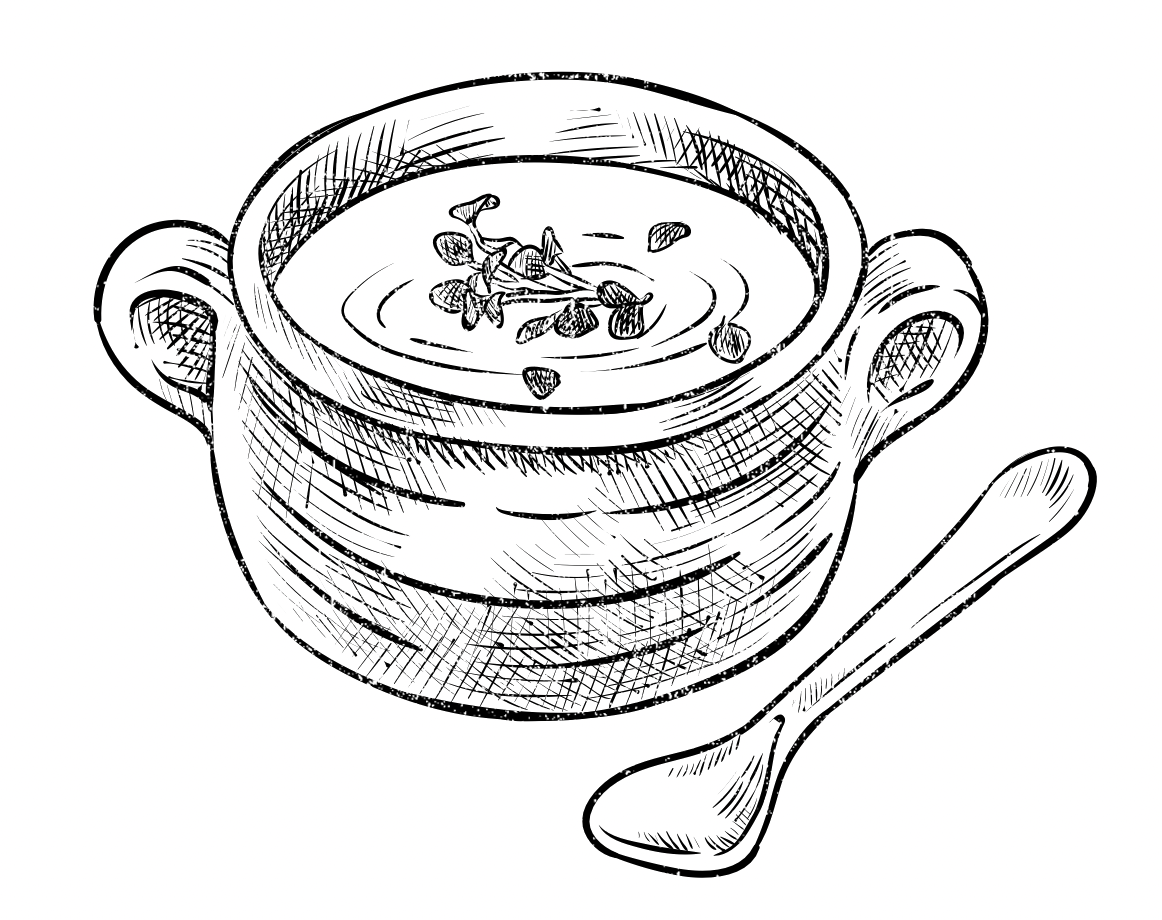
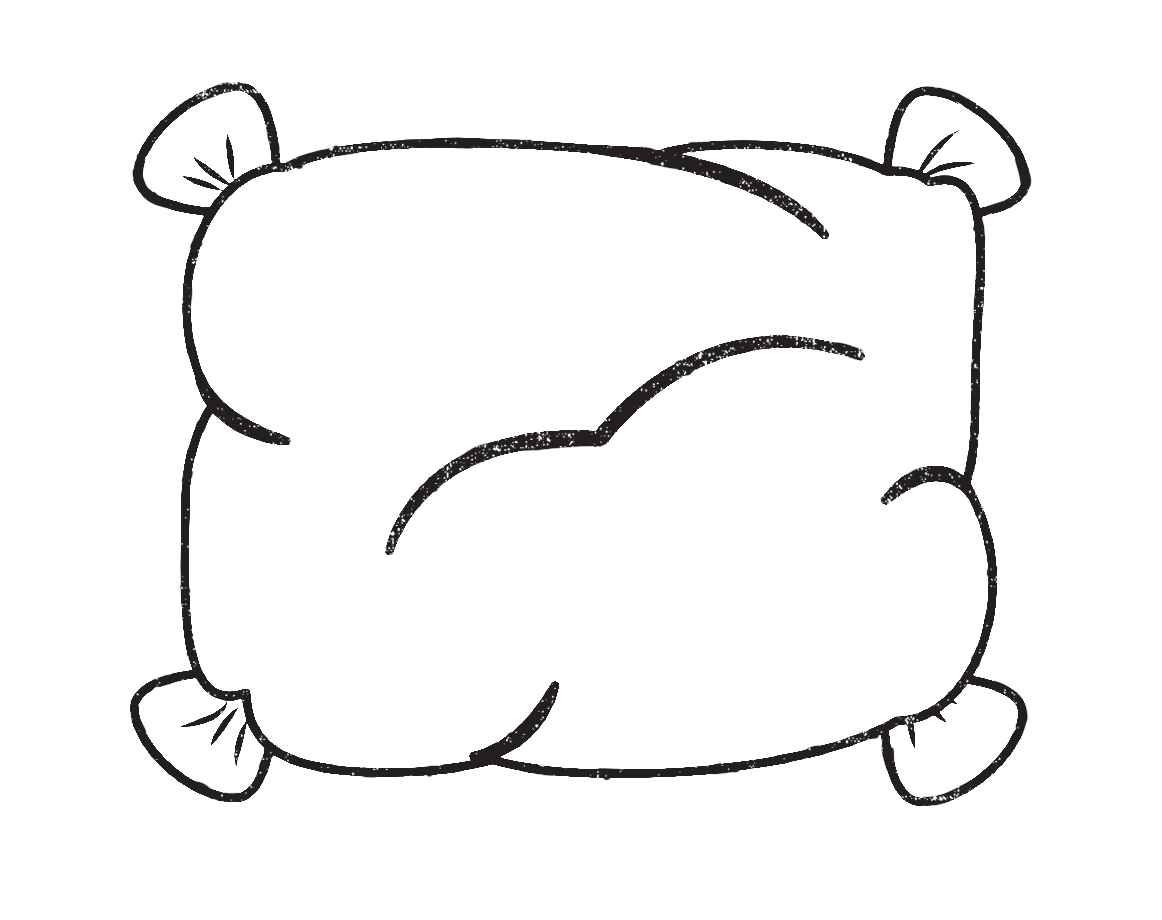
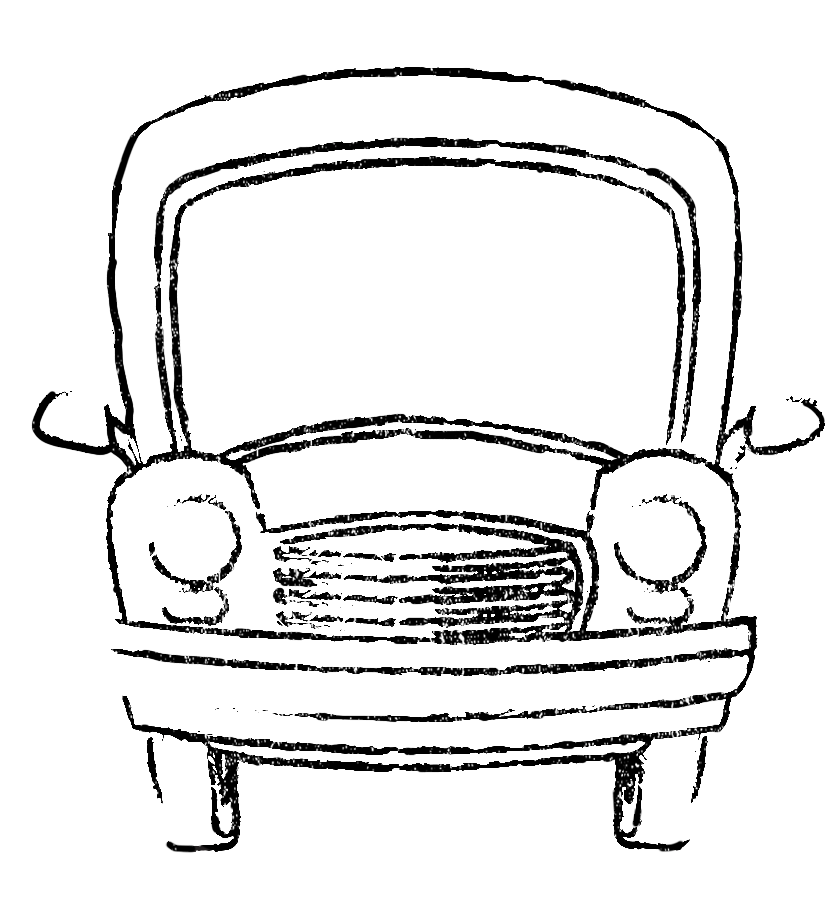

Kaysersberg is an instant heart-stealer, there is no doubt about that. But before hearing your first ‘Bonjour’, you may well wonder if you are on